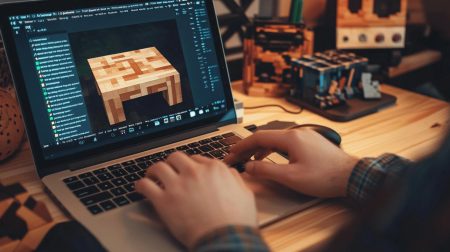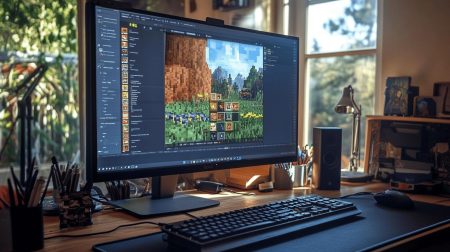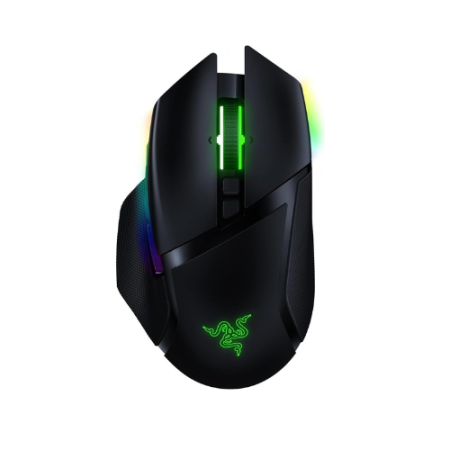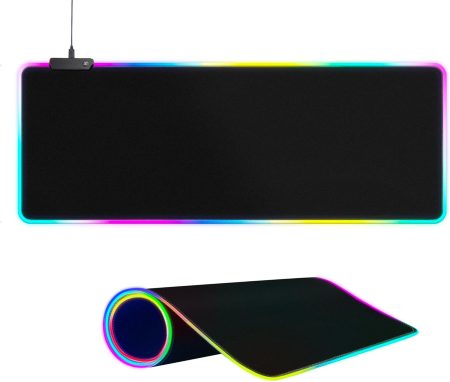The BIOS chip on a motherboard is where the BIOS (Basic Input Output System) is stored. It permanently reserves the BIOS firmware and cannot be removed without desoldering from the board. If the BIOS chip is corrupt, it can cause system malfunctions.
Therefore, you should identify and locate it on your motherboard. This article will give you basic details on what it looks like and how to recognize it quickly.
What Is a BIOS Chip?
A BIOS chip is a non-volatile microchip located on a computer’s motherboard that contains the firmware responsible for booting. It serves as an important link between the software and hardware components of the computer and may be prone to issues or damage.
Many manufacturers usually install the BIOS chip with proper documentation on what type of program it can hold. Due to its non-volatile nature, like hard drives, every data stored on the chip is permanent, even when your system is not powered.
As the first thing a computer does when it starts up, the BIOS chip is responsible for performing a power-on self-test (POST) and initializing the system’s hardware. It also controls the boot order of the system, ensuring that the correct device is selected to boot the operating system.

How to Identify the BIOS Chip on a Motherboard
There are various ways to identify a BIOS chip on a motherboard. This is because there are countless models of motherboards on the market. A single company, such as ASUS, has unique motherboards for each motherboard.
Therefore, we will outline three possible ways to recognize a BIOS chip on your motherboard.
1. Visually Inspect the Motherboard
If you are a computer expert or know how to open up the casing, you can inspect it yourself. You can find the BIOS chip at the bottom corner or edge of the motherboard. It is close to the Complementary Metal Oxide Semiconductor Memory (CMOS), a coin-like cell.
The BIOS chip is located near the CMOS memory, which is situated within the super IO/SMC. The CMOS memory serves as a bridge between the BIOS and other components in the system.
Be careful during your inspection to avoid making mistakes that can destroy other circuits and cause irreversible damage to the motherboard.
2. Look for a “Check Chip Sticker” or a Colored Blob
A current or newer motherboard comes with a label or sticker that makes it easy for anyone to navigate. This sticker may contain the names of each chip and circuit and its uses.
If your motherboard has one, this step is straightforward. You have to find the sticker that says “BIOS chip or M_BIOS or UEFI,” and you will find your BIOS chip.
Again, safety is paramount when handling a motherboard to avoid accidents and unnecessary repairs.
3. Consult the User’s Manual
Consult your manual if you fail to locate or identify the BIOS chip using the above instructions.
A user’s manual contains all the units’ information and placement on the motherboard. Read and study it carefully to find the precise location of the BIOS chip on your unique model.
The user manual should provide clear instructions and make it easy to identify and locate the component. Additionally, it should include directions for removing and replacing it.

What to Do if You Can Not Locate Your User Manual
So what do you do if you still have issues identifying the BIOS chip and can not locate your user manual? Do not fret. With the internet, almost anything is possible. The information you seek is just a search away.
To find the necessary information, including the motherboard’s design manual for your specific model, search for the model or type of motherboard you have on Google. Once you find the manual, download it from the manufacturer’s website.
It will contain the labeled arrangement and draft of your motherboard. Use it as a guide to the BIOS chip. You can also print out this guide for other consultations in the future.
Conclusion
Identifying the BIOS chip is not a difficult task. It may be a microchip, but that does not mean it is not visible. With the above guide, you should quickly identify it on your motherboard.
Furthermore, the BIOS chip has only one task, which is to store the BIOS on it. Since the BIOS firmware is responsible for starting your computer, you should be extremely cautious when handling the chip. Do not handle the motherboard with wet fingers or sharp objects that can cause harm to the chip and other units.
Lastly, visit the computer store if the chip is already damaged or corrupted and you wish to replace it. It is advisable that a professional handle the chip, which may not cost much to replace.














